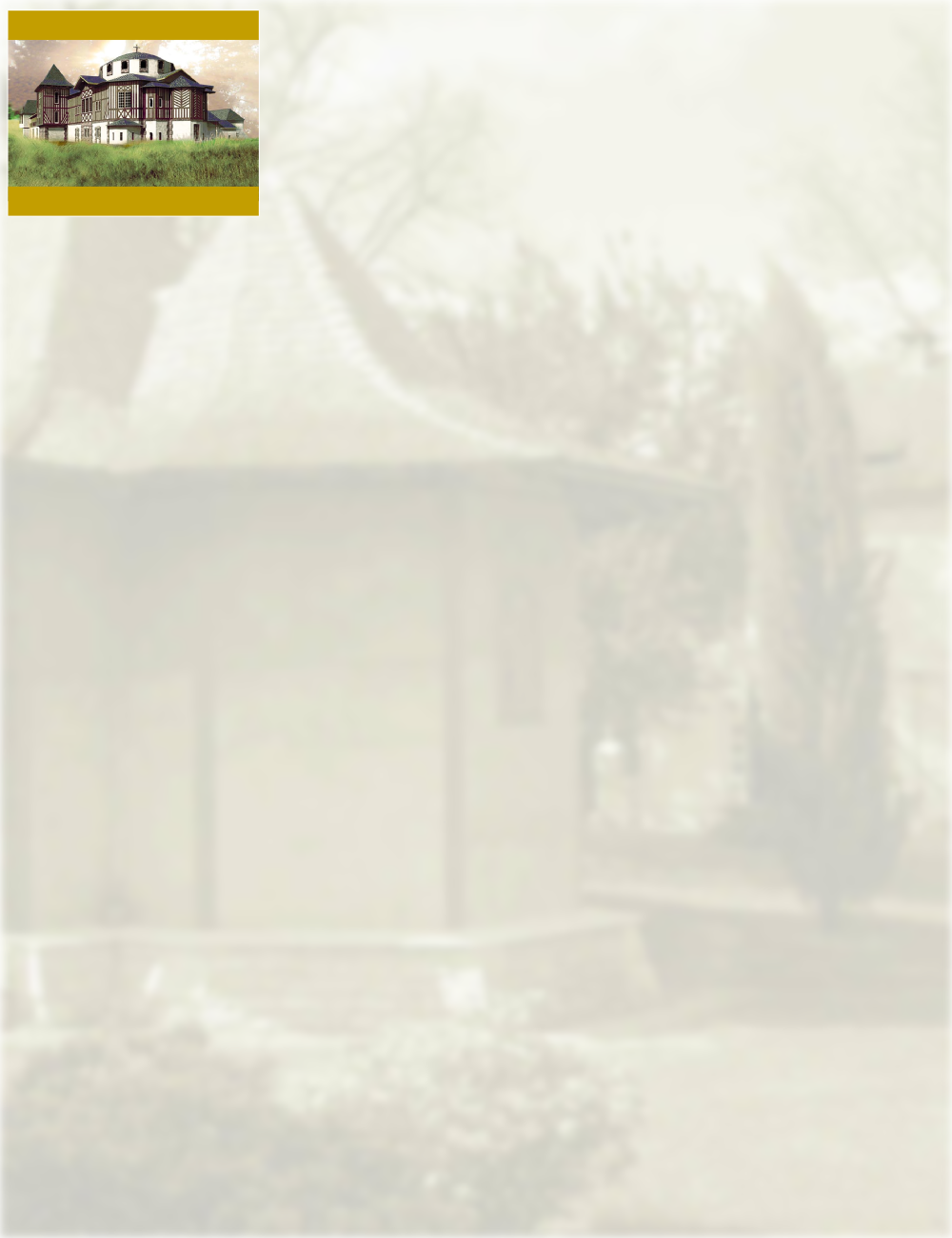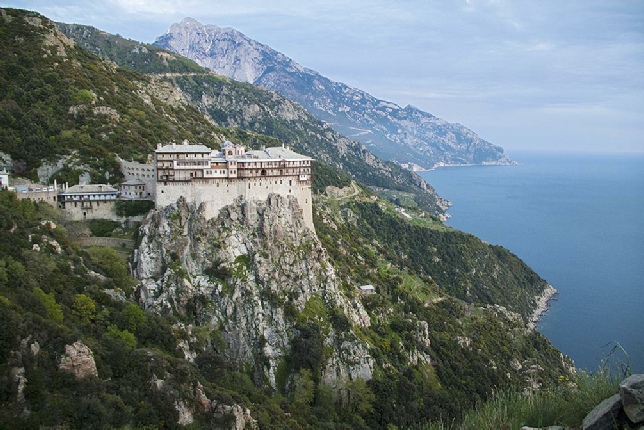
An ideal


A monastery
A challenge





Origin and location
of the monastery
The women's Orthodox monastery was set-

Spiritual roots at Mount Athos
The Monastery of the Transfiguration is a subsidiary of Mount Athos (Greece), an autonomous monastic republic among the most influential since its founding in the tenth century, and currently one of the most vigorous. Now legally recognised by the European Community, the mountainous peninsula where Mount Athos rises to 2,033 meters above sea level has about 2,000 monks living in twenty large monasteries and and many hermitages and skites: a situation which sometimes earned it the name "Christian Tibet".
This spiritual affiliation, fuelled by frequent stays in the monasteries of Simonopetra and Ormylia, its female Metochion, directs the Monastery of the Transfiguration to privileged relations with the Greek world, the source of our Orthodoxy. Thus the monastery maintains many fraternal contacts mainly in Greece, but also in the countries of the "diaspora" with the Greek-

Canonical situation
The monastery is a dependency (Metochion) of the Simonopetra Monastery, one of the twenty monastic communities that form the Holy Mountain of Athos. In France, it is placed under the control and benevolent spiritual authority of the Greek Orthodox Archbishop of France, today His Excellency the Metropolitan Emmanuel, whose headquarters are located at No. 7, rue Georges Bizet, Paris 16th.

Geographical location
Located east of Brive-
In 1978, the Archimandrite Aimilianos, abbot of the Simonopetra monastery, sent three French monks to their country so that they could create metochia (dependencies). Among them, Father Élie founded the Monastery of the Transfiguration in Martel, in the Lot.
The Archimandrite Aimilianos is one of the main artisans of the renewal of the monastic life in Greece over the last forty years. Founder of two communities he transferred to the monasteries of Simonopetra and Ormylia, he is one of the great figures of contemporary Orthodoxy. A multitude of spiritual children have responded to God's call through his mediation.
| The other parts of the area |
| Origin and location of the monastery |
| Daily life |
| Breeding sheep |
| A typical day |